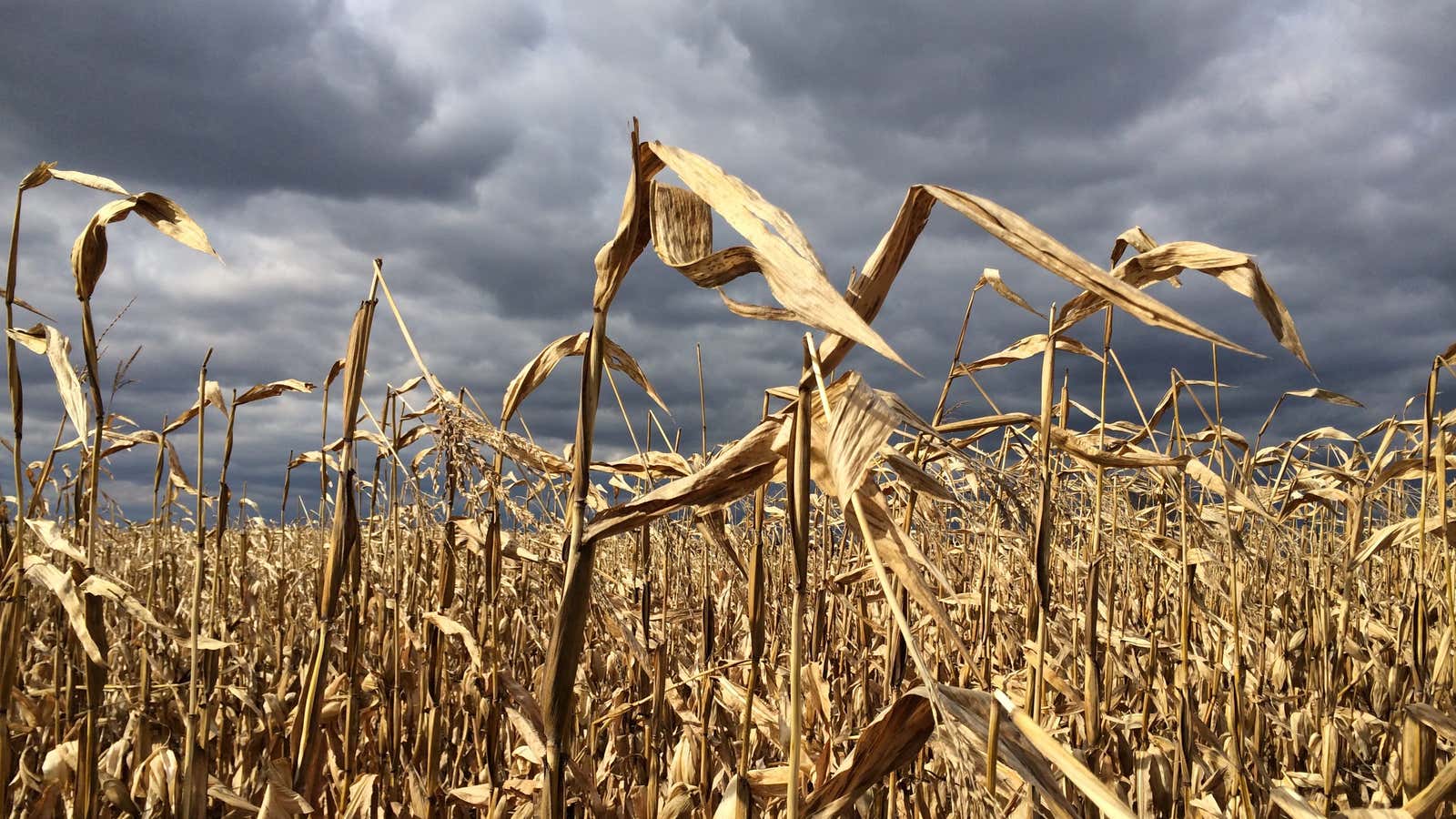Nitrogen oxides, known collectively as NOx, are a dangerous group of chemical pollutants most commonly connected to combustion engines used in cars. NOx from car exhaust—especially diesel cars—has been linked to respiratory diseases, cancer, birth defects, and premature death. When Volkswagen and other car companies were busted for cheating on diesel emissions tests, the previously unaccounted-for NOx was calculated to have resulted in 38,000 additional premature deaths per year globally.
Right now, governments focus most of their NOx-reducing efforts on regulating cars and trucks, because that’s assumed to be the most significant source. Power plants also produce NOx emissions, and are also regulated. But there may be another huge source of NOx emissions that has, to date, been almost completely ignored: farmland.
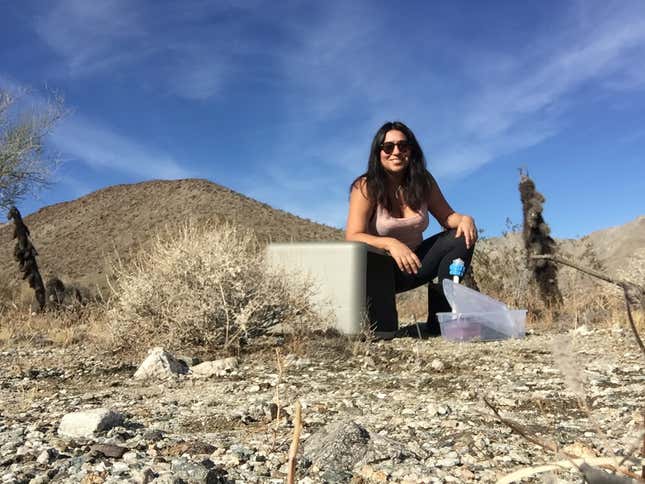
In a study published today (Jan. 31) in the journal Science Advances, researchers from the University of California-Davis found that California—home to one of the most productive agricultural regions in the world—could have 20% to 51% more NOx pollution than previously thought, thanks to its farms. That would mean NOx pollution from farmland could amount to up to 40% of the total NOx pollution in California.
That’s a big departure from what the state of California originally assumed; right now, the California Air Resources Board thinks that about 3.8% of the state’s NOx pollution comes from farmland soil.
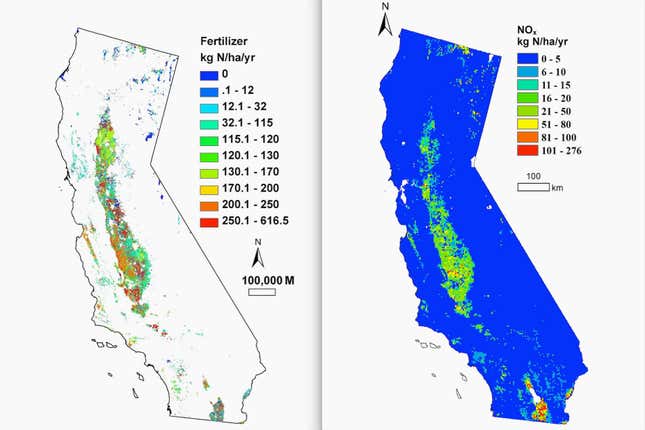
Soil has long been known to contribute to NOx emissions; microbes feed on nitrate-rich organic matter in soil, and produce NOx as they munch away. Farmers add fertilizer, basically a pile of nitrates, because plants use nitrogen to make chlorophyll, which helps them grow. But what the plants don’t use is digested by the microbes, producing NOx that escapes into the air. In heavily-fertilized areas like California’s agricultural Central Valley, that is happening on a massive scale.
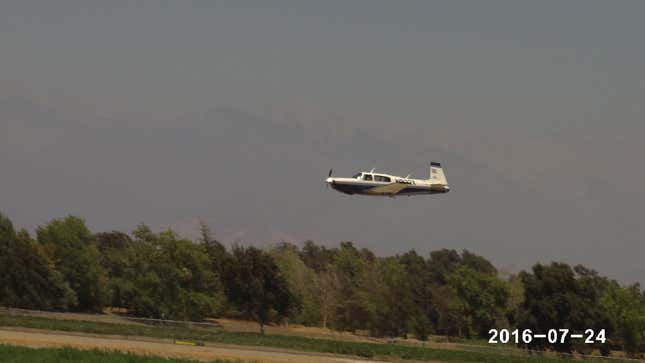
Other researchers have tried to estimate how much agriculture contributes to NOx pollution; a 2005 paper concluded that 30-40% of all global NOx pollution comes from excess fertilizer in farm fields. Another paper, from 2017, put the figure at more like 20%. To reach its numbers, the UC Davis research team, led by National Science Foundation postdoctoral fellow Maya Almaraz, took soil samples and flew over cropland on a plane outfitted with a gas-sampling tool to take measurements of NOx emissions.
“Six of the worst air-quality districts in the US are in the area we were studying,” Benjamin Houlton, a professor at UC Davis’ Department of Land, Air and Water Resources and an author on the paper says. Children in the Central Valley have the highest rates of asthma in California—and the San Joaquin Valley region within the Central Valley, where one in six children have asthma, has the highest rate in the US. This research might help explain why.
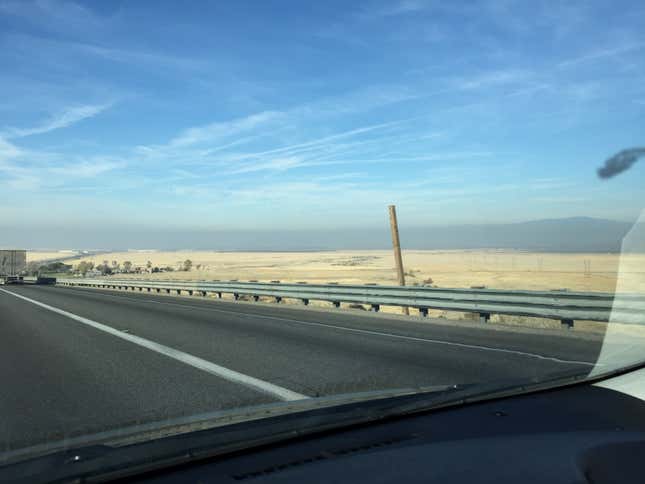
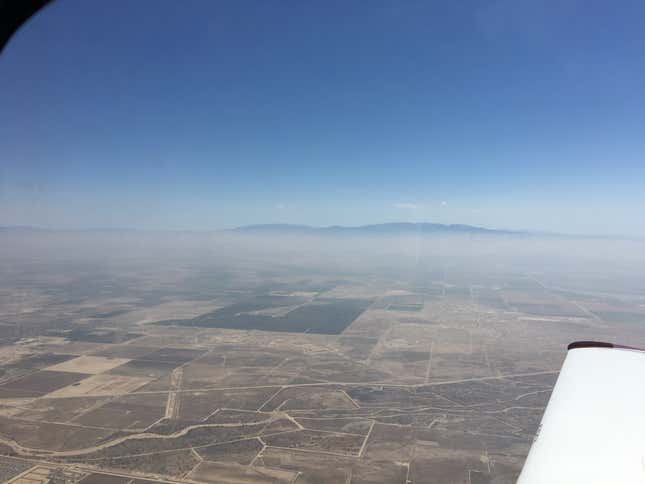
Luckily, California seems to already be mobilizing to mitigate the problem. “The state is developing coalitions with farmers. They’re already on top of it, because of the groundwater issues that were identified a few years ago,” Houlton says. He’s referring to the fact that scientists have recently alerted the state that excess fertilizer has been running off California farmland and leaching into groundwater, contaminating drinking sources. Fertilizer runoff also causes toxic algae blooms in lakes and reservoirs, making the water dangerous to swim in.
The state began working with farmers this year to develop more precise fertilizer-distribution systems, so less is left unused by plants. “You can almost develop a fertilizer IV drip for plants,” Houlton says, much like drip-irrigation systems already used to conserve water.
“We really want to impress that we have solutions and tools to solve this problem,” adds Houlton. “Farmers are not the bad guy—they’re doing a great job. But we know and they know they can become more efficient.”
